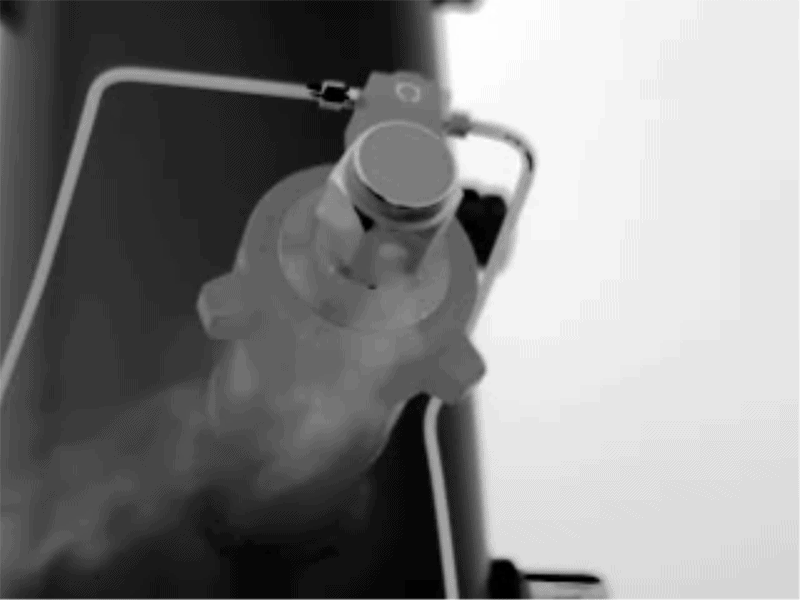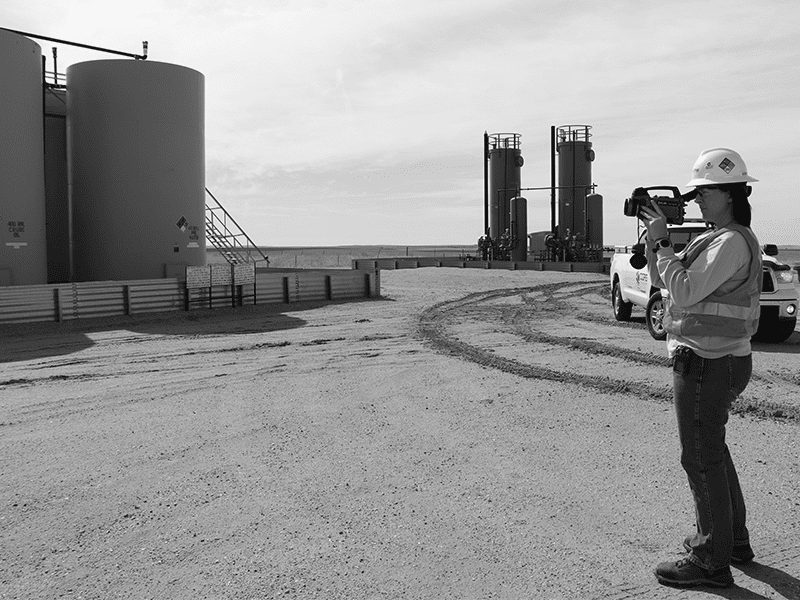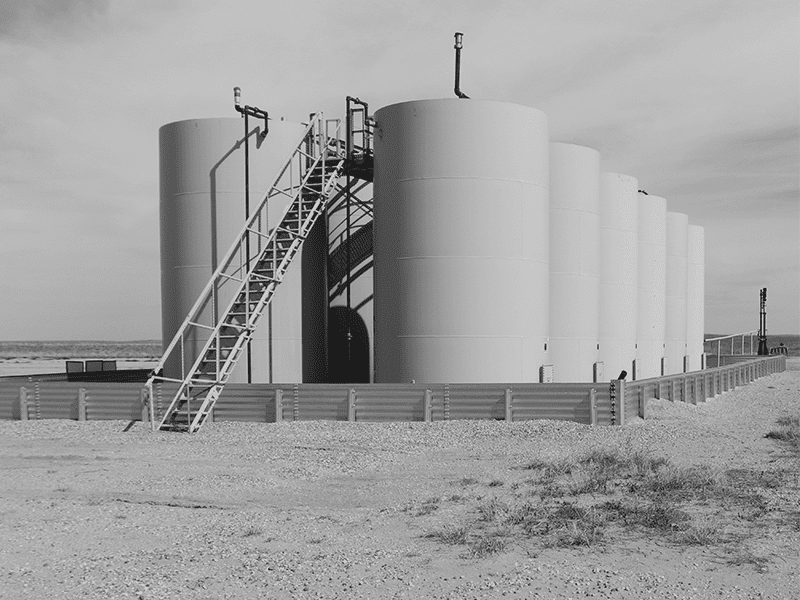Oil & gas facilities required to meet more stringent standards under new air-quality regulations
Complying with state and federal regulations for oil and gas industry emissions in Colorado just got a little more intense – literally and figuratively.
The Colorado Air Quality Control Commission (AQCC) approved changes on Dec. 17 to Regulation No. 22 and Regulation No. 7. The U.S. Environmental Protection Agency (EPA) also is considering new rules addressing methane monitoring. Public comment about those changes ends Jan. 31. While most of Colorado’s regulations are stricter than the EPA’s, the AQCC does defer to some EPA definitions and standards that become more stringent under the latest proposed changes.
New ‘intensity’ program
As part of its newest effort to meet greenhouse gas emissions reduction targets from the oil and gas sector, as required by HB 21-1266, the AQCC adopted a greenhouse gas intensity program for both upstream and midstream oil and gas production sectors into Regulation No. 22. HB 21-1266 also requires the Commission to ensure additional protections for, and reductions of co-pollutants in, disproportionately impacted (DI) communities1. Operators are required to prioritize and quantify reductions of co-pollutants within disproportionately impacted communities in their emission-reduction plans and demonstrate progress in emission reduction.
Call a CGRS Expert:
800.288.2657

Drezden Kinnaird
Project Manager
Environmental Staff Scientist
Call a CGRS Expert:
800.288.2657

Elizabeth Wilson
Project Manager
Staff Geologist
According to the Regulation No. 22 Statement of Basis and Purpose, “The Commission believes that the direct regulations adopted as part of this rulemaking along with those adopted and still being fully implemented will achieve or very nearly achieve the emission reductions required, and this intensity program will create an enforceable mechanism to ensure that any remaining required reductions are realized.”
The intensity program, which is reportedly the first of its kind in the nation, goes into effect Jan. 30, 2022, and will require all oil and gas facility owners/operators to reduce emissions by set percentages over time. Any operator failing to meet the applicable targets must achieve additional reductions in the subsequent calendar year to address the difference between the operator’s reported greenhouse gas intensity for that calendar year and the applicable targets. Operators must submit plans on how they will reduce their facilities’ emissions and found in compliance with the intensity program requirements by Aug. 31, 2023.
1: Disproportionately Impacted Community is defined as census block groups designated as DI communities in CDPHE’s Data Viewer for Disproportionately Impacted Communities (as of December 17, 2021).
AQCC Regulation 7 rules owners/operators must adhere to, if applicable, beginning in 2022:
- Submit notifications to the APCD identifying all combustion devices and their location; AIRS ID (if assigned, manufacturer model, serial number or other unique identifier); identification of equipment controlled by the enclosed combustion device; and when testing is scheduled for each enclosed combustion device
- Inspect air pollution control equipment (VOC combustors) weekly
- Install flow meters at the inlet of enclosed combustion devices that commenced operation before Feb. 14, 2022, in disproportionately impacted communities
- Conduct performance tests for each enclosed combustion device to ensure it achieves at least 95% control efficiency for hydrocarbons
- Route gas coming off a separate to a gas-gathering line or control it with a combustion device, unless the COGCC issues a variance
- Monthly LDAR inspection frequency for some new well production facilities
- Meet new emissions-mitigation requirements for leaks placed on delay of repair
- Report whether each site is with 1,000 feet of an occupied area and/or in a Disproportionately Impacted (DI) community and increase LDAR inspections accordingly
Regulation No. 7 changes
The commission also adopted revisions to Regulation 7 that will affect emission-control requirements for oil and gas operations, leak detection and repair (LDAR) monitoring, well maintenance/unloading activities, midstream operations, and emissions inventory reporting. The revised regulation went into effect Jan. 30, 2022, with several operational and procedural requirements taking effect on Feb. 14, 2022.
Other requirements will not be implemented until 2023.Perhaps the most significant and expensive adjustment owners/operators will have to make is how often they inspect their facilities with approved instrument monitoring methods (AIMM) as part of their leak detection and repair (LDAR) programs. Recent changes made to the regulation incorporated proximity to an occupied area and/or location within a DI community when determining LDAR monitoring frequency.
Facilities located within the DI communities are required to comply with more stringent regulatory requirements and must meet expedited implementation deadlines. Beginning in 2023, the AQCC will require AIMM inspections at well production facilities on an annual, semi-annual, quarterly, bi-monthly, or monthly basis, depending on applicability.
Beginning as early as Feb. 14, 2022, some operators may be required to install flow meters on combustion devices, perform weekly visual inspections of control devices, and/or complete leak repairs within shorter timeframes. Furthermore, the Commission made changes to the annual emissions inventory report, requiring operators to provide additional information to the Division for the 2021 reporting year. Emissions Inventory reports are due by June 30, 2022, and are required for all upstream, midstream, and underground injection control (UIC) facilities.
CGRS’ Energy Services team is here to help you assess the regulatory requirements for your facilities and develop a plan of action to achieve and maintain compliance with the new and existing air-quality regulations. If you have any questions, feel free to reach out to our regulatory compliance specialists at 800.288.2657.
Look for more information about new regulatory requirements affecting oil and gas as well as gas-dispensing facilities in future CGRS newsletters. Subscribe by emailing info@cgrs.com with “subscribe” in the subject line.





